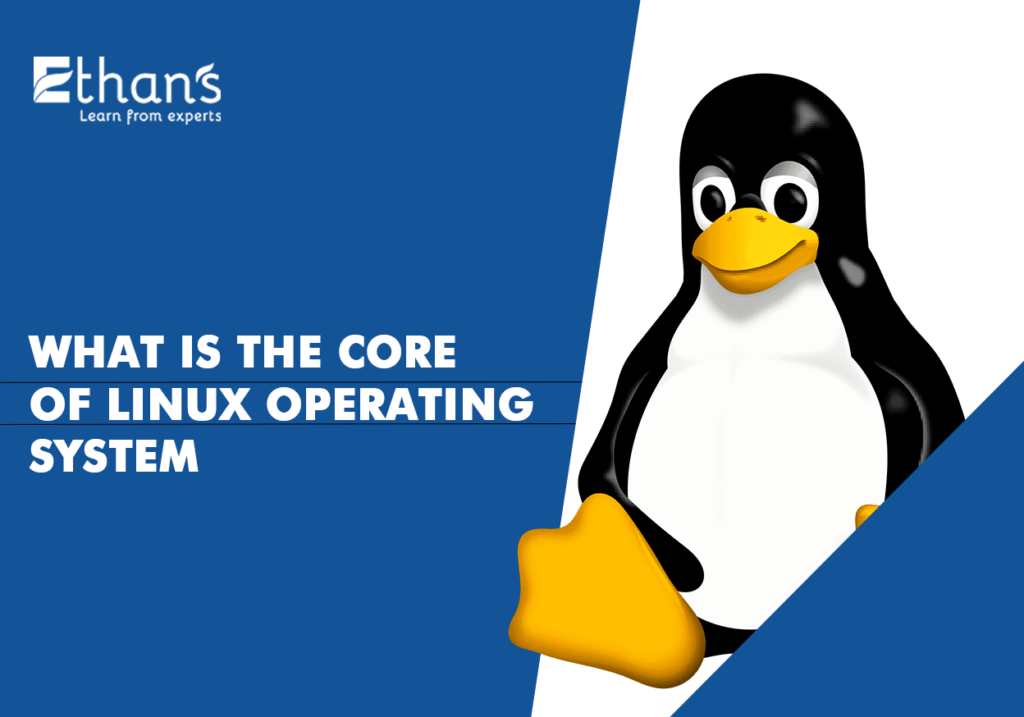Linux, often hailed as the epitome of open-source software, stands as a testament to collaborative development and community-driven innovation. At its core lies a robust and versatile operating system that powers a myriad of devices, from servers and smartphones to embedded systems and supercomputers. In this exploration, we peel back the layers to uncover the essence of the Linux operating system, delving into its architecture, components, and underlying principles.
Understanding Linux
Linux is a Unix-like operating system kernel initially developed by Linus Torvalds in 1991. Unlike proprietary operating systems such as Windows or macOS, Linux is open-source, meaning its source code is freely available for anyone to inspect, modify, and distribute. This open development model has fostered a vibrant community of developers and enthusiasts who contribute to its ongoing evolution.
The Kernel
At the heart of the Linux operating system lies the kernel, a monolithic, Unix-like core responsible for managing hardware resources, providing system services, and facilitating communication between software and hardware components. The kernel serves as the bridge between the user space, where applications run, and the underlying hardware, abstracting away hardware-specific details and providing a unified interface for software developers.
Key Components
Process Management: The Linux kernel manages processes, which are instances of executing programs, using a sophisticated scheduling algorithm to allocate processor time and resources efficiently. It provides mechanisms for process creation, termination, and synchronization, as well as inter-process communication via pipes, sockets, and shared memory.
Memory Management: Memory management is a critical aspect of the Linux kernel, responsible for allocating and deallocating memory, mapping virtual addresses to physical memory locations, and implementing memory protection mechanisms to prevent unauthorized access. The kernel employs techniques such as virtual memory, demand paging, and memory swapping to optimize memory utilization and system performance.
File System: Linux supports a variety of file systems, including ext4, XFS, and Btrfs, which provide a hierarchical structure for organizing and storing data on disk. The kernel interfaces with file system drivers to manage file operations such as reading, writing, and modifying files, as well as implementing file permissions, ownership, and access control policies.
Device Drivers: Device drivers are kernel modules that enable communication between the operating system and hardware devices such as disk drives, network interfaces, and graphics cards. The Linux kernel includes a vast array of device drivers for common hardware components, with support for additional devices provided by third-party developers and the open-source community.
Networking: Linux boasts robust networking capabilities, with built-in support for a wide range of networking protocols and technologies. The kernel implements networking functionalities such as packet routing, firewalling, and network address translation (NAT), enabling Linux-based systems to serve as routers, firewalls, and network servers.
Philosophy and Design Principles
The Linux operating system embodies a set of guiding principles and design philosophies that have shaped its development and evolution over the years. These include:
Modularity: The Linux kernel is designed with modularity in mind, allowing developers to add or remove features through loadable kernel modules without recompiling the entire kernel. This modular design promotes flexibility, scalability, and code reuse, enabling the kernel to adapt to diverse hardware configurations and use cases.
Portability: Linux is highly portable, with support for a wide range of hardware architectures, including x86, ARM, MIPS, and PowerPC. Its source code is written in a portable manner, adhering to standards and best practices to ensure compatibility across different platforms and environments.
Openness: The Linux development process is open and transparent, with contributions welcomed from developers worldwide. This openness fosters collaboration, innovation, and peer review, resulting in a stable, secure, and feature-rich operating system that meets the needs of a diverse user base.
Read Full Blog – Top 15 Technologies to Learn in 2024
Conclusion
In conclusion, the Linux operating system stands as a shining example of the power of open-source collaboration and community-driven development. At its core lies a robust and versatile kernel that serves as the foundation for a vast ecosystem of software and applications. From servers and desktops to smartphones and embedded devices, Linux powers a diverse array of computing platforms, driving innovation and empowering users around the globe.
As we continue to embrace the principles of open-source software and collaborative development, the Linux operating system will undoubtedly remain at the forefront of technological innovation, evolving and adapting to meet the ever-changing needs of the digital age. With its commitment to openness, modularity, and portability, Linux embodies the spirit of freedom, creativity, and inclusivity, paving the way for a more open and interconnected world.




